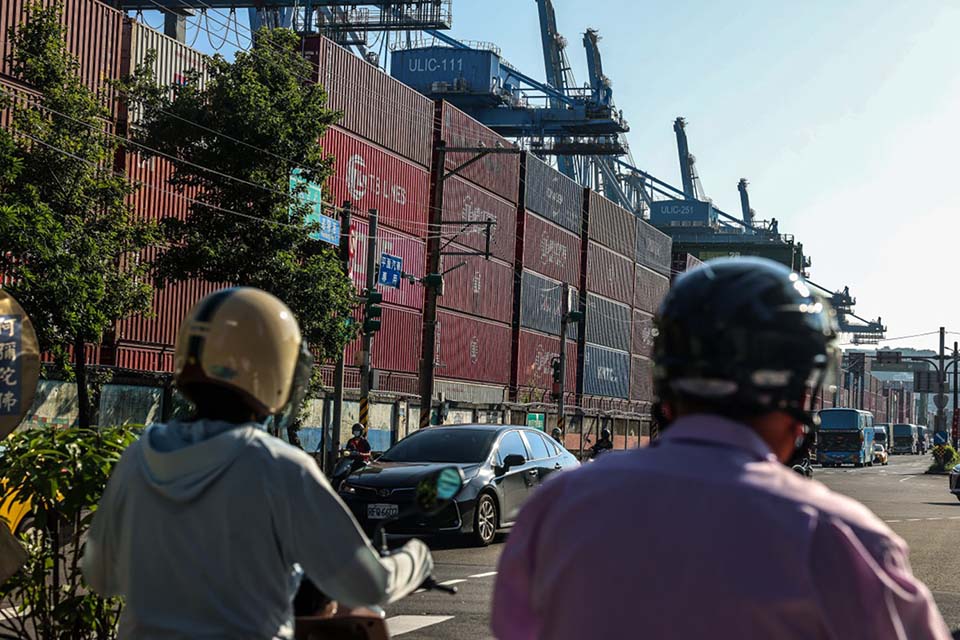September 19, 2025
SEOUL – Economic rankings rarely change without fanfare. Yet this year, for the first time in 22 years, Taiwan’s per capita income will edge past South Korea’s. The symbolism is rich: A supposed imitator has overtaken its former model. For Koreans, long used to viewing themselves as the exemplar among Asia’s “tiger” economies, the reversal is jarring.
The numbers are unambiguous. Taiwan’s per capita GDP is set to reach about $38,000 in 2025, with South Korea nearer $37,400. Taipei should join the $40,000 club as early as next year, just five years after crossing $30,000. Seoul has been marooned in the $30,000 range for over a decade, with the IMF predicting $40,000 only by 2029 — assuming the won does not sag further. Once nearly $10,000 ahead, South Korea has been overtaken in barely seven years.
The divergence has been turbocharged by the global AI boom. Taiwan’s economy grew 8 percent in the second quarter, while South Korea managed just 0.7 percent. The island’s exports in August leaped 34 percent to record highs despite a 20 percent US tariff. Officials duly raised their 2025 growth forecast from 3.1 to 4.5 percent. The engine is TSMC, which commands 70 percent of the global foundry market and fabricates the AI processors craved by Nvidia and its peers. Around it has flourished an entire ecosystem of suppliers, engineers and startups — an industrial policy outcome most governments can only dream of, and one that now defines Taipei’s global standing.
South Korea’s trajectory is the mirror opposite. Its once-vaunted export machine has ossified. Of its ten leading export items, eight have not changed in two decades. Heavy reliance on memory chips, autos, ships and steel has left the economy exposed and sluggish. Growth is below 1 percent. Even Seoul’s ambition to join the world’s three AI powerhouses appears largely rhetorical, with scant regulatory overhaul, labor reform or incentives to galvanize investment.
The contrast is fiscal as well as industrial. Taiwan has kept corporate taxes low, trimmed inheritance levies and preserved relatively calm labor relations. Its public debt has fallen from 39 percent of GDP in 2012 to 29 percent in 2023, enabling it to run a budget surplus and earn a higher credit rating than South Korea. Seoul’s debt ratio has swollen from 35 to 49 percent in the same period, and could rise further as welfare spending climbs. The won has weakened while the Taiwan dollar has strengthened, widening the gulf in living standards and investor confidence alike.
This is more than a bruised ego. South Korea risks sliding behind not just Taiwan but also the US and China, both racing ahead in strategic technologies from semiconductors to clean energy. More alarming is the drain of talent: The share of Korean science Ph.D.s working overseas has risen sharply, a symptom of limited opportunity at home. Left unchecked, this will hollow out the very capacities officials claim are central to the nation’s future.
Taiwan’s success offers no formula that can be copied wholesale. It stems from patient focus, steady state support and a willingness to privilege strategic industries even at political cost — even diverting scarce water to TSMC during a drought. South Korea cannot conjure this overnight; however, it can learn a lesson that economies adapt not through slogans but through reform.
For now, the sting of being overtaken may command attention. The deeper risk, though, is complacency. Taiwan has shown how swiftly an economy attuned to change can turn a technological surge into broad prosperity. South Korea, once the model student, now faces the more difficult task of relearning how to adapt. Closing the gap will require the deliberate choices and institutional resolve that once propelled its ascent.
